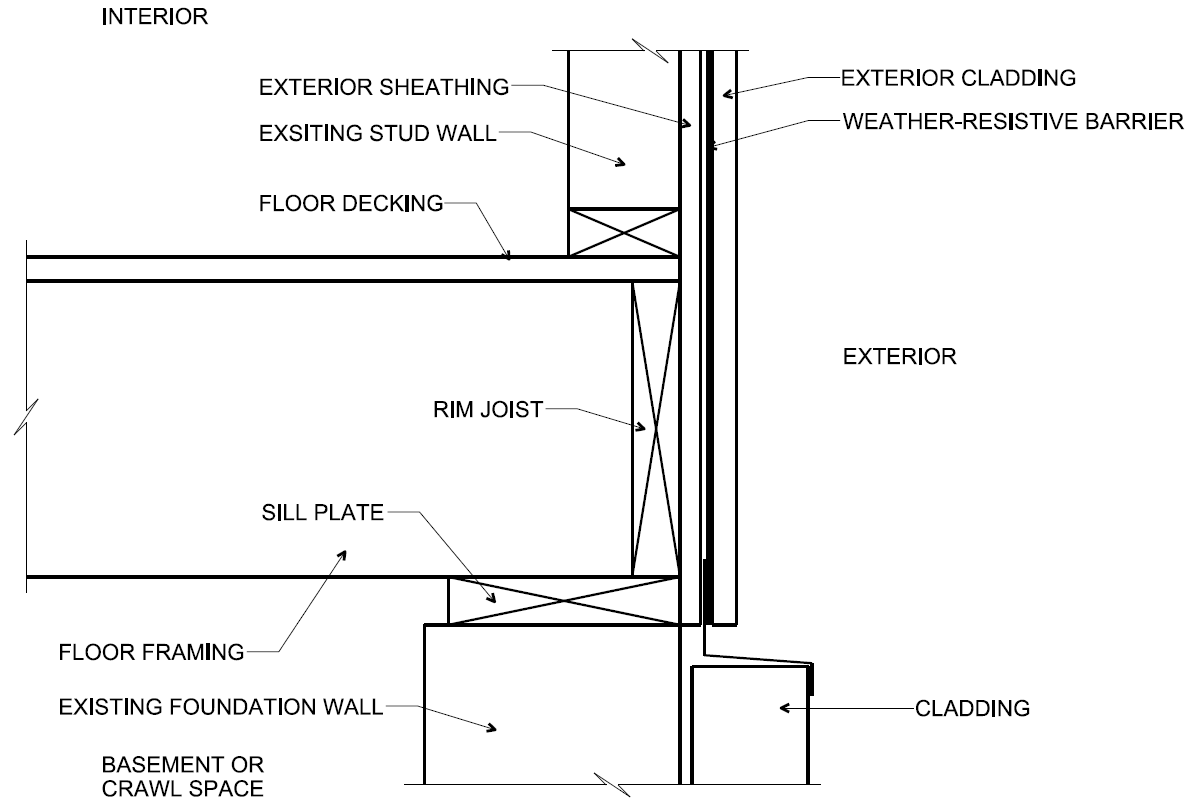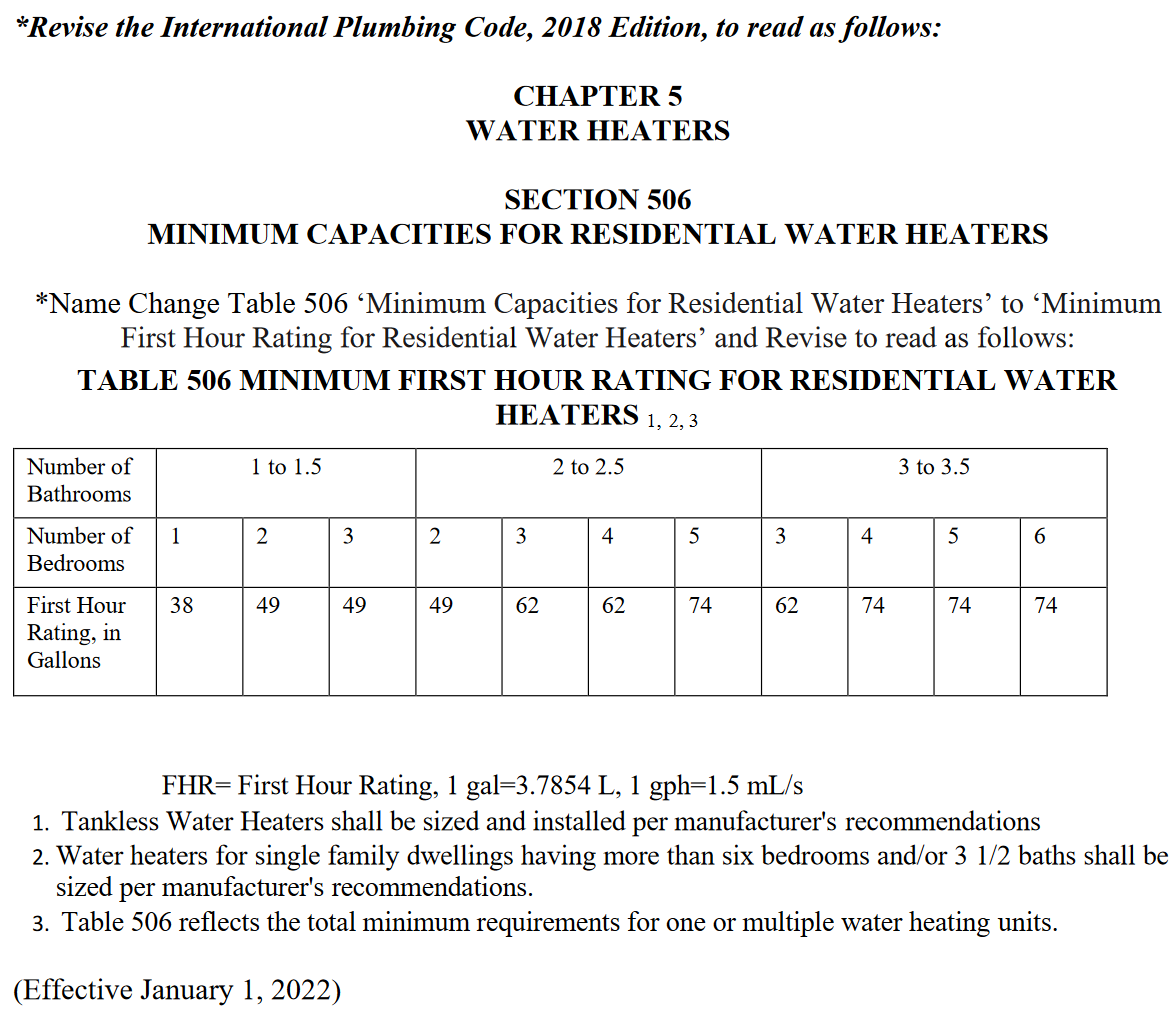Georgia’s New 2022 Building Code Amendments
Georgia has adopted new amendments to four of its building codes. The amendments take effect on January 1st, 2022.
Codes adopted through the Georgia Department of Community Affairs (DCA) – Georgia’s housing agency. The DCA maintains a list of mandatory and permissive building codes on the web page of the Construction Codes division.
The DCA has published a list of the new amendments that take effect on January 1st, 2022. They include amendments to the commercial building code, the energy code, the fuel gas code and the plumbing code. Here are highlights of the amendments:
Commercial Building Code Amendments
There are two key amendments to the commercial building code taking effect in January. The first is clarification about who can inspect and when inspections are required for concrete structures. The goal is to be sure concrete is tested properly so the structure will perform as designed.
The second amendment is introduction of language allowing tall wood construction. This includes wood frame buildings up to eighteen stories in height. These buildings would be framed with mass timber components - not small dimensional lumber components like those used for single-family homes.
We’re hopeful the inclusion of this language will encourage development of mass timber production facilities in Georgia. Those facilities would manufacture heavy timber elements that could be used in all building types, including one- and two-family residential projects.
The size of mass timber elements makes them naturally resistant to fire - the outside of the components char while the interior is protected and retains much of its strength. The components are often easier to place in construction projects (because they’re lighter), they can be manufactured with extremely tight tolerances and they are lower in embodied carbon than concrete and steel components.
We think buildings will continue to be constructed with concrete and steel. Many existing mass timber buildings rest on concrete foundations and use lateral bracing elements made from concrete and steel. Mass timber elements are just another component we can use to build.
Energy Code Amendments
The are two amendments to the energy code, both of which effect residential projects. The first amendment includes R-20 insulation below or above the roof deck in the prescriptive portion of the energy code.
Georgia’s amendments to the energy code include Appendix RA. The appendix is a very helpful collection of details that show where components like insulation and air barriers should or can be installed. It presents a series of options for you. For example, page forty-four of the appendix (pictured below) addresses this option of insulation at the roof deck.
The image at the top labeled “roofline air-impermeable insulation” is an example of insulation directly below the roof decking. The insulation allowed by this amendment could also be on top of the roof decking in certain assemblies.
It was possible to use this level of insulation in cathedral ceilings and comply with the energy code yet it required an energy code calculation using one of the performance paths in the energy code. Here’s the language from the energy code amendment about insulation at the roofline:
It’s important to note there are three requirements in this amendment that exceed the current energy code. They are:
1. The blower door test for air leakage has a lower (more stringent) threshold than the current requirement. That means the house will have to be more efficient.
2. There’s a requirement for whole-house mechanical ventilation that cannot be an exhaust-only solution. The current energy code requirements allow a home to be built without whole-house mechanical ventilation in some cases.
3. The amendment also requires all mechanical equipment to be in the thermal envelope. That means no duct work in vented spaces like an attic or crawlspace.
If you meet the three requirements above, you can now use the roof assembly insulated to R-20 (instead of R-38) without having to calculate the performance of the entire house. This an easier and less-costly option for owners - especially if they were already planning to meet the additional requirements.
There are many different assemblies available to you. They have different insulation locations and types of insulation. Ask your design professional which assembly is best for your project (and how it performs in an energy model).
The second amendment to the energy code reads, “Insulation provided at the interior rim joist area shall be removable to allow access for pest control inspections.”. It addresses concern over spray foam insulation on wood framing at the top of a foundation wall. Here’s a diagram to help you understand the location of the rim joist - sometimes called a band joist:
This excerpt from the Georgia Energy Code amendments mentioned and linked above shows insulation and air sealing at the rim or band joist:
Spray foam covers the rim joist such that it cannot be easily checked for termite activity. This is a key inspection point since termites tunnel through spray foam and over masonry foundations to reach the bottom of the wood structure in a house - typically the rim joist.
This amendment does not prohibit the use of spray foam insulation anywhere else in the building, including on the foundation wall and on other framing components.
Plumbing Code Amendment
There’s only one amendment to the plumbing code though it will affect residential projects. It sets minimum capacities for residential water heaters.
Its goal is to confirm the capacity of a water heater should be sized according to the number of bathrooms and bedrooms in a home. That allows the water heater to respond to the maximum number of people that might occupy a home.
Some plumbers have installed residential water heaters with small capacities because there were few people living in a home. When the home is fully occupied, the water heater could not meet the demand for hot water. This should help address that situation.
Here’s the language from the plumbing code amendment:
Fuel Gas Code Amendment
The amendment to the fuel gas code simply requires a shutoff valve at the point of gas delivery. That delivery point could be the outlet of the service meter or the outlet of a service regulator. It’s to be considered part of the customer piping system so property owners would be responsible for its installation (by a licensed plumber).
In Conclusion
We developed and taught five new building code courses in 2021: residential building, energy, mechanical, plumbing and electrical code courses. Those codes affect our lives every day. Our goal is to help you better understand the building codes and ordinances so you can make better decisions about maintaining and improving your home.
We’re presenting the courses again, starting with the residential building code course in December 2021. We’ll teach the remaining courses and new courses in 2022. We welcome you to join us!
Comment below to let us know if you have questions or comments about the new amendments. Don’t forget that Georgia adopts its building codes on a statewide basis yet local (counties or cities) can adopt more stringent requirements than the state.
COMMENTS: We’ve enabled comments for this post to encourage discussion and learn from you. Please review and adhere to the blog comment policy in our Terms of Service if you want your comment to be posted. Requirements include no anonymous posts (first name and last initial is fine). Please include your email address - your email address will not be displayed or added to our email list. All comments are moderated - they will not appear immediately.





